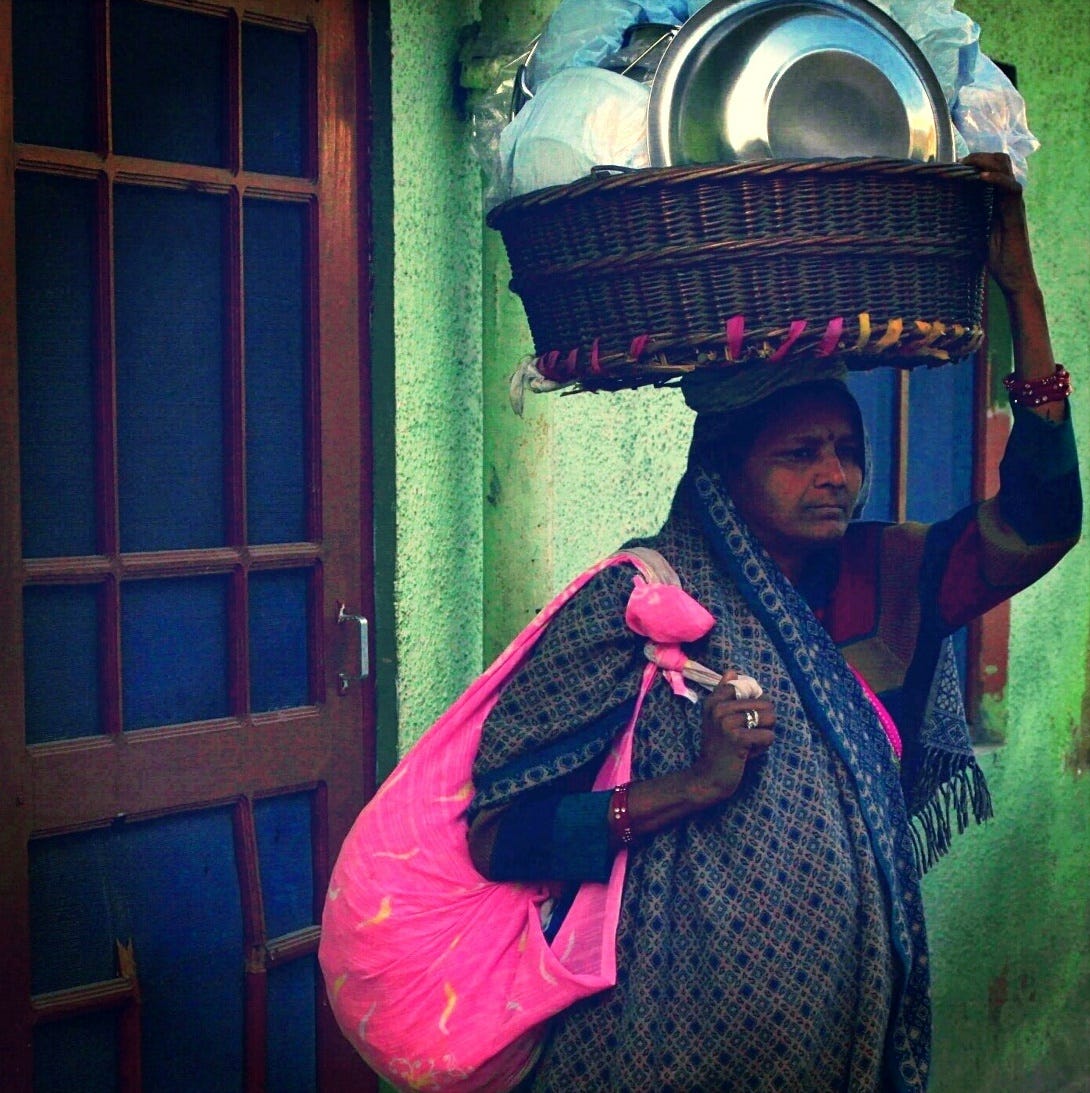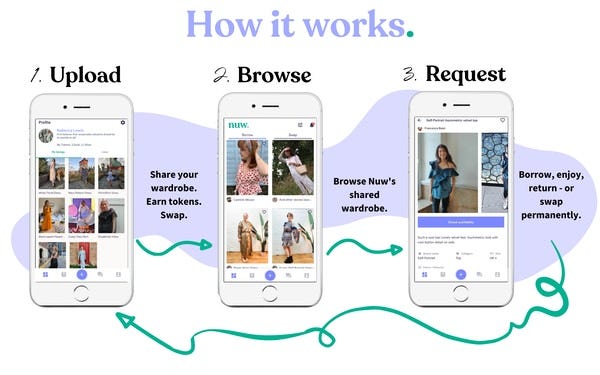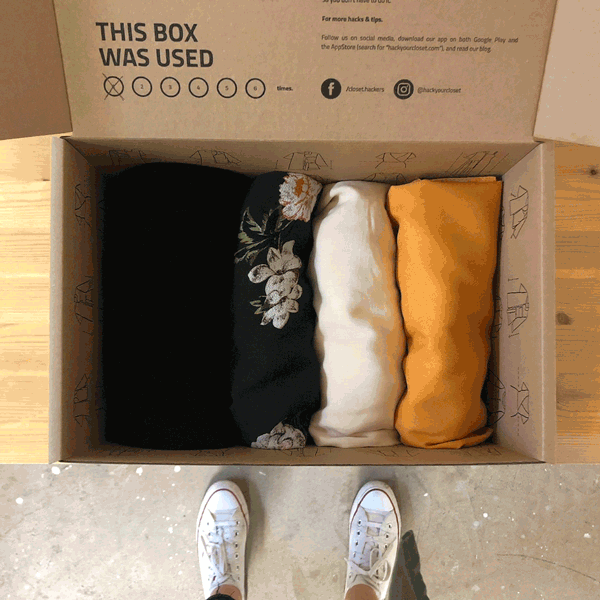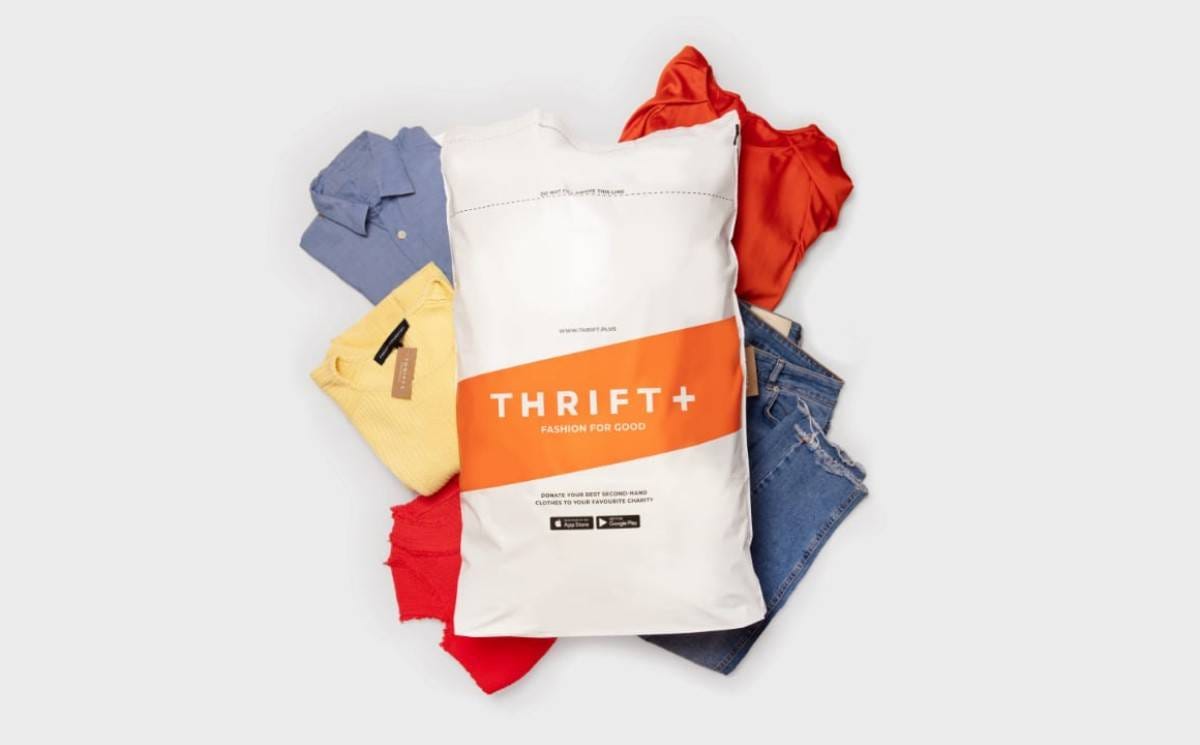There's a barter system that still runs in India
And I saw it seamlessly working during my last trip
I spent my childhood in a small town in the northern part of India.
And I vividly remember how a group of ladies used to come to our society to sell new utensils in exchange for old clothes.
That’s right- new utensils for old clothes.
No money was exchanged.
It was a pure barter system.
As a child, I never questioned how it all worked.
But this time when I went to visit my parents, I saw this in action again.
In a different part of the country and this time I saw a guy on a cart running the same operation.
People kept coming with bags filled with old clothes.
And returned with new utensils.
So apparently, these vendors collect the old clothes and sell them to recyclers.
Recyclers pay them in cash.
The clothes are reused to make new ones.
And are prevented from ending up in a landfill.
It’s a beautiful system that works without any technology- and is helping the planet heal.
What are your thoughts on it? And if you’ve seen something like this too, I would love to hear.
And for this week, we have 3 startups that are giving clothes another life. The ‘slow fashion’ trend.⬇️
It’s not that simple…The fashion industry has devastating social and environmental impacts. More than 90% of the fashion brands are not paying garment workers a living wage. Also, fashion production currently makes up 10% of humanity's carbon emissions. But at the same time, sustainable and ethical clothes are expensive, especially when compared to fast fashion. So if we want to do the right thing, it hurts our pockets.
Enter a social network…Founded in 2018, UK-based Nuw has brought an accessible and affordable alternative to fast fashion. It’s a social network to share clothes with people in your network. For a flat monthly membership fee, Nuw allows you to borrow as much as you want. To become a member, you would have to start with listing 2 of your own clothes.
Once you list your underutilized clothes, you earn coins.
You can use those coins to choose from 1000s of clothes uploaded by others.
You can coordinate with the owner to deliver the clothes/pick them up from their place.
It’s different…This is not a traditional rental system where the meter starts the moment you rent the clothes. But this is based more on sharing your unused clothes in the wardrobe with others in the community. Nuw charges only £/€ 0.99c for each swap. Every time an item is borrowed or swapped on Nuw, it offsets 25% of the resources that would have been used in the production of a new item.
The problems are endless…The clothing industry is one of the top 5 most polluting industries. 3 of the 5 fashion items end up in a landfill. Washing clothes and the solvents and dyes used in the production of clothes are responsible for one-fifth of industrial water pollution. 70 million barrels of oil are used each year to make polyester fibre- the most commonly used fibre in clothes. The list goes on…
A low-impact closet…To extend the life of clothes and keep them in circulation, Swedish startup Hack Your Closet has built a hybrid personal shopping and rental experience for secondhand clothes. Every month, your stylist will send you a bunch of washed and cleaned second-hand clothes. They claim to extend the life of clothes by 2-3 years.
You start by subscribing to their program and creating your profile.
Your stylist sends you clothes that you’ve never worn- you use them and give your feedback.
After 4 weeks, you return them in the same packaging and get the new ones.
There’s more…They currently operate in Sweden and France and have plans to expand to more European countries. They collaborate with brands and charity organizations to create a collection of under-used garments. They have also put all of their operations through Life Cycle Assessments and claim that using their subscription is 97% less impactful than buying 3 new items per month.
You can play your part…100 billion new items of clothing are made every year- for a population of 8 billion. I think most of them are made for the richest 10% on the planet. In order to keep the planet habitable in the coming decades, we need to reduce our emissions by half. Reusing the clothes and extending their life can play a key role in that.
But I have no incentive…Traditionally, selling your clothes hasn’t been a seamless experience. You cannot do it in a few clicks as you can with buying new clothes. Thrift+ is changing this notion through its technology that makes it easy to collect and resell clothes. This incentivizes the consumers to sell their old clothes.
Customers order a thrift bag, fill it up with clothes and send it to Thrift+ for free.
Thrift+ manages the sorting, photographing and uploading of clothes for reselling on their platform.
Customers earn Thrift+ credits for every sale that can be used to purchase other clothes on their website.
Creating more impact…Instead of working alone, they work closely with retailers and other partners and share their tools and approach to create a bigger impact. Their vision is to bring online charity shopping to the same level (if not higher) as online shopping.
🙋Trivia of the week
I am talking about a fast fashion shopping giant that has done a great job in connecting China’s garment factories with western Gen-Z customers.
For Gen-Z consumers, the company has become synonymous with the TikTok phenomenon of influencers posting short clips of "<brand name> hauls".
“In the first few months of 2021, its app downloads were second only to Amazon”- speaks a lot about the rise of this Chinese consumer brand that is breaking through the U.S. and European markets.
Can you identify this brand?
📖 A book that I have been reading
The second book that I read this year is The Year of Less by Cait Flanders.
As I have been focusing on decluttering and buying less stuff, I think it was a great time to read this book.
Cait walks us through her journey of going on a shopping ban for a year and lists down great actionable tips to get out of the consumerism cycle.
An easy read that would change your perspective about money. At least it did mine.
If you liked this edition, please do share it. That would mean a lot😊
Thanks and see you next week😄














I'm from South India & haven't seen this system, but I'm in India currently and am hoping to see it ;)
I'm guessing the answer is Shein. People mainly use tiktok to mostly rate their (the company's) products. Also, with the amount of clothes I saw in each video, I doubt if the amount of clothes that land in the waste dump will lessen soon 😅😅